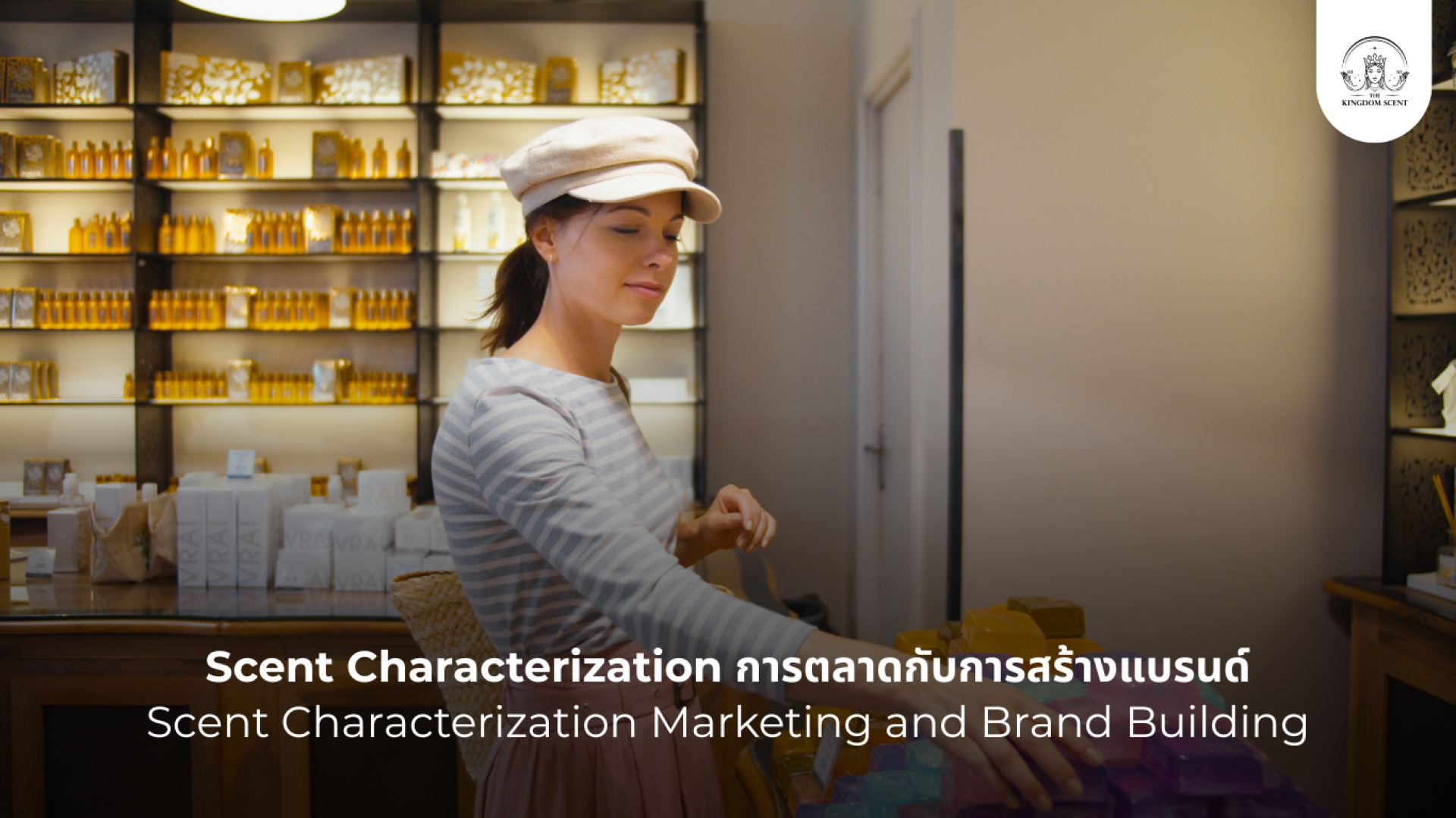Scent Characterization in Marketing and Brand Building

In an era where consumers value emotions and experiences more than just product features, brands must find new ways to connect with customers on a deeper level. One emerging marketing strategy is Scent Characterizationcrafting a brands personality through scent to make it feel alive and memorable through sensory experience.
What Is Scent Characterization?
Scent Characterization refers to the design of a unique fragrance that reflects a brands personality or emotional tonesuch as luxury, modernity, relaxation, freshness, playfulness, or warmth. These scents go beyond just making the space smell nicethey tell a story without words.
Scent A Hidden Language That Triggers Instant Emotion
Smell is the most powerful sense when it comes to triggering emotions, memories, and feelings. For example
The smell of morning coffee = feeling energized
The scent of clean laundry = a sense of security
Lavender = relaxation and calm
Using a scent that aligns with your brand can instantly make customers feel something about your brand from the moment they encounter the fragrance.
Real-World Examples of Scent Characterization
1. Hotels & Spas
Many 5-star hotels use signature scents to build lasting impressions
Aromatic lavender in the lobby = immediate calm and welcome
Subtle citrus in guest rooms = a refreshing feeling upon check-in
Repeated exposure to these scents helps guests recognize the brand even elsewhere.
2. Luxury Car Showrooms
Some luxury car brands use the scent of leather or oakwood in their showrooms to evoke premium quality, allowing customers to feel the product before physically engaging with it.
3. Clothing Stores
Fashion and streetwear stores often opt for fresh, clean-laundry scents to enhance comfort while shopping, subtly reinforcing perceptions of cleanliness and styleand even influencing purchasing behavior and brand loyalty.
4. Food & Beverage Businesses
Coffee shops or bakeries may deliberately release freshly baked pastry or freshly ground coffee scents toward the storefront to draw customers inwithout saying a word.
How to Apply Scent Characterization in Your Business
1. Understand Your Brand Identity
If your brand were a person, what would their personality be like? Confident? Gentle? Adventurous? Professional?
2. Choose a Scent That Reflects That Personality
Gentle = baby powder, white florals
Energetic = citrus, orange, bergamot
Calm = lavender, sandalwood
Luxurious = amber, dry woods, musk
3. Identify Customer Scent Touchpoints
Retail space
Packaging
Gift boxes or printed materials
Lobby or office areas
Why This Strategy Works So Powerfully
- Scent creates deeper memories than a logo or brand name
- Helps brands stand out in visually crowded markets
- Builds trust through multisensory experiences
- Strengthens emotional bonds with customers
Scent Characterization is about building a meaningful brand experience through smell. Its not just about making things smell niceits about selecting scents that deeply express your brands identity. When used intentionally, scent becomes a messenger of image, experience, and feeling. And when customers encounter that scent again, your brand will come alive in their memorywithout a single word.


